The migrants who have arrived on Europe’s shores in recent weeks, clinging to the wreckage of leaking dinghies, undoubtedly constitute a humanitarian crisis. Surveys suggest that about half are refugees, mainly Syrians and Eritreans, and many more are prepared to risk their lives in order to escape desperate poverty. Similar scenes are being played out upon the Indochinese seas, as impoverished Bangladeshis and Rohingya refugees place themselves in the power of smugglers and traffickers.
In both cases, humanitarian suffering has been accompanied by political paralysis. EU states have proven reluctant to commit to anything more than minimal “burden-sharing”, and have offered to resettle just 20,000 additional refugees from North Africa’s shores. ASEAN states – most of whom are not signatories to the Refugee Convention – insist they will offer only temporary sanctuary to these “irregular migrants”. [1] The resulting inertia is deadly.
Yet when it comes to such refugee and migrant crises, is there really a substantive role that business can play in bridging this gap between states’ political will and refugees’ humanitarian need?
Yes – at least according to the Migration Policy Institute’s (MPI’s) recent report From Refugee to Migrant? Labor Mobility’s Protection Potential. As this paper outlines, there is growing recognition that comprehensive solutions to refugee crises – not only in the Mediterranean and Indochinese seas, but also across the globe – must take account of the economic lives of refugees.
This is something that traditional models of refugee care have failed to do. The result is an enormous waste of human capital. The average length of stay in a refugee camp is now over 17 years. While such camps are often thriving hubs of entrepreneurship, many refugees with technical or professional skills – mechanics, engineers, lawyers – find it impossible to secure appropriate employment in such settings. Even when skilled refugees are able to live in an urban area in a developing state, they frequently encounter legal barriers preventing full access to the labour market as well as already high levels of unemployment among native workers.
Furthermore, these refugees are not likely to be among those selected for resettlement to the West. Refugee resettlement programmes currently offer only enough places to resettle 10% of those UNHCR identifies as being in need of resettlement. This means only the most vulnerable cases are prioritized: victims of sexual violence, those needing urgent medical treatment, and dissidents at continued risk of persecution. No one would suggest these refugees do not deserve resettlement: but these categories do not often overlap with the pool of young, trained refugees who also want out. So instead, they board the smugglers’ boats.
So what’s the solution? MPI’s report argues that part of what is needed is the opportunity for suitably qualified refugees to become labour migrants. Here, business interests and humanitarian ones converge. Skilled refugees – especially among relatively educated refugee populations like the Syrian and Iraqi cases – could be recruited to fill labour market gaps. But it’s important to note that this isn’t just about doctors and software engineers. Many refugees have technical qualifications or agricultural experience: they are therefore ideally placed to fill these gaps in developed economies’ workforces. This is not refugee resettlement: it’s refugee migration. Such programmes would offer an opportunity for businesses to engage proactively in human rights work.
Charges may be laid that allowing skilled refugees to enter as migrants allows them to “jump the queue” as other, more vulnerable refugees wait. And certainly, labour mobility should be developmed as a complement, rather than a substitute, for traditional humanitarian resettlement. But the fact remains that there is a desperate need to keep “the queue” moving. Today, there are millions of refugees languishing in camps with no solution in sight, thousands of whom are skilled workers. This waste of human capital is in no one’s interest.
Turning refugees into employees will be challenging. The first step is to determine what skillsets exist among the global refugee population, and to match these with demand. Here, humanitarian organisations as well as recruitment agencies could take the lead. There are also improvements that could be made to smooth recognition of refugees’ professional qualifications, and avoid bureaucratic intransigence over granting visas.
But states have also traditionally been nervous about offering refugees work visas because refugees, unlike other migrants, have no country to which they can be returned if they lose their jobs. Businesses might need to act as sponsors – in effect promising that a refugee-migrant wouldn’t become a social burden, by agreeing to pay wages and guaranteeing employment for a set period of time. Then there is the knotty question of integration: migrants aren’t just workers. Particularly if they are recruiting large numbers of refugee-migrants, businesses may need to reassure communities that they will offer language and culture classes to help smooth relations with locals. It will also be important to ensure that refugees aren’t being recruited as cut-price workers, but being offered similar pay and conditions to locals, not least to ensure the support of trade unions for such a scheme.
If these conditions can be met, this new model of humanitarian protection could benefit all concerned. Businesses gain needed employees. Refugees gain the opportunity to work. In the process, lives may be saved. And while business certainly shouldn’t be charged with “solving” refugee crises, their endorsement of the view that refugees can be labour migrants too offers an important means of refuting the idea that refugees are always burdens, and that humanitarian action can never pay its own way.
[1] Myanmar is part of the Association of Southeast Asian Nations (ASEAN); Bangladesh is not – it is part of the South Asian Association for Regional Cooperation (SAARC). The Bangladeshi and Rohingya crisis is playing out in the Andaman Sea and further east, in waters surrounded by several ASEAN states.


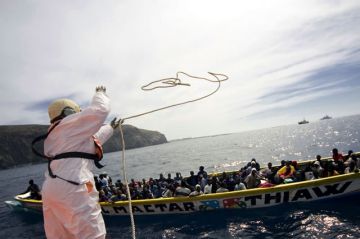

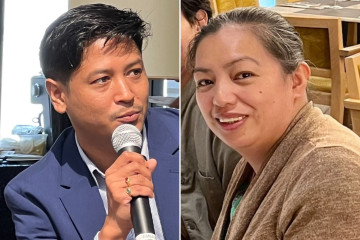
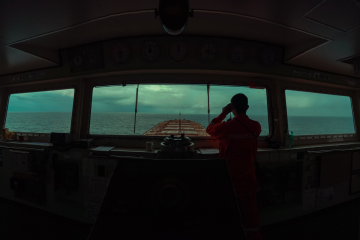
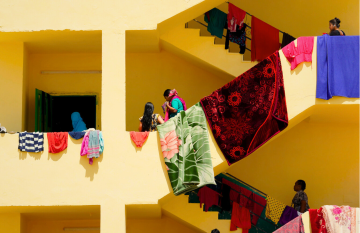
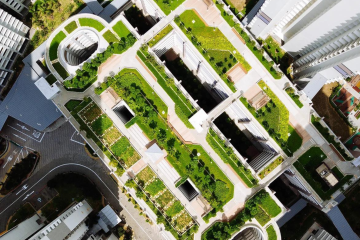
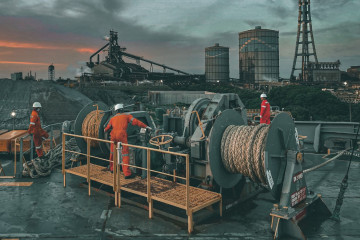
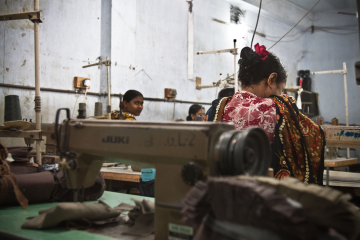
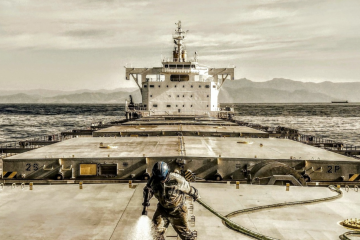
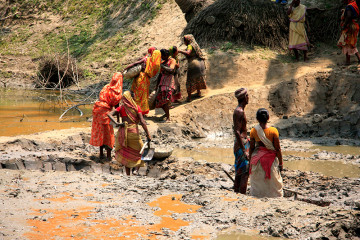
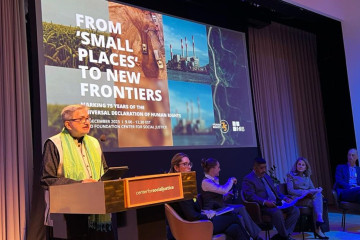
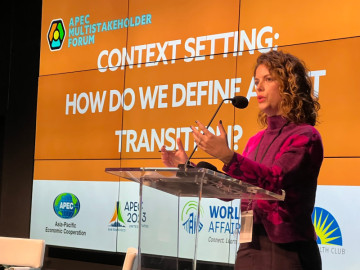
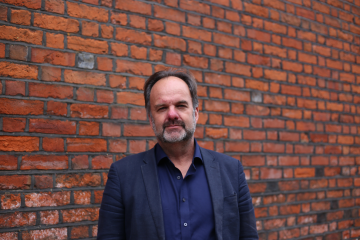
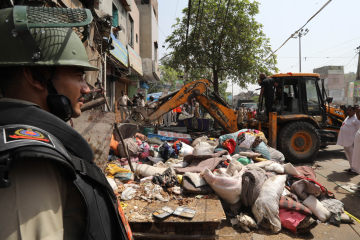

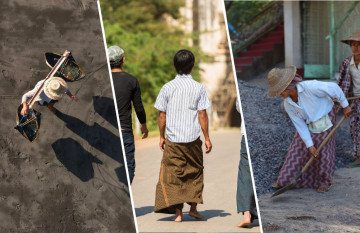
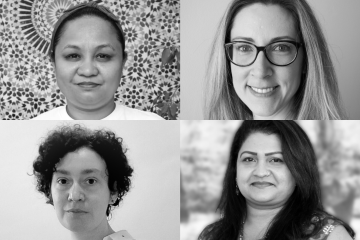
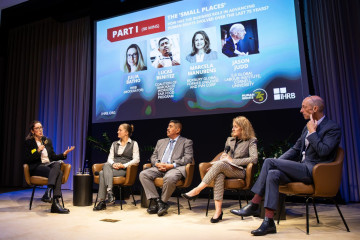

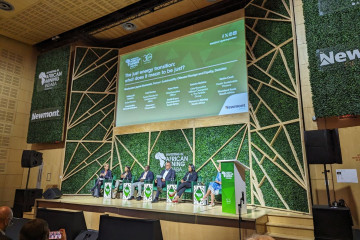
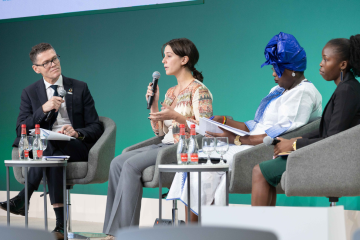
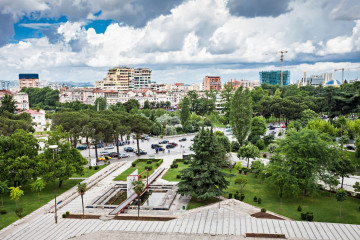
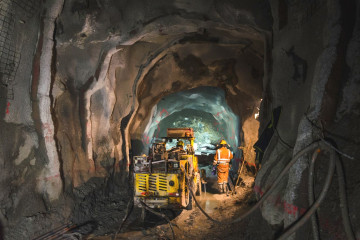

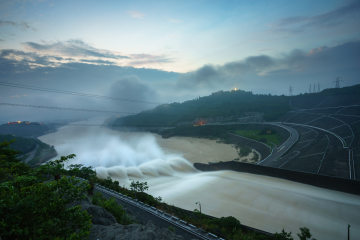

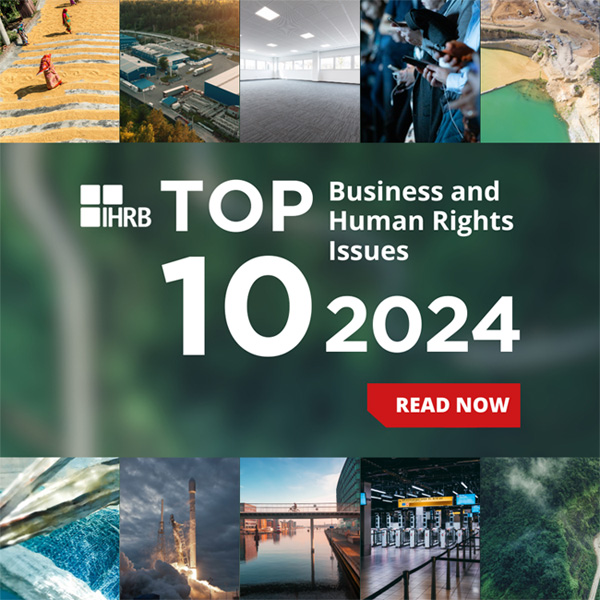
How should businesses respond to an age of conflict and uncertainty?
As 2024 began, European Commission President Ursula von der Leyen aptly summed up our deeply worrying collective moment. As she put it, speaking at the annual World Economic Forum in Switzerland, we are moving through “an era of conflict and...
26 March 2024 | Commentary
Commentary by Scott Jerbi, Senior Advisor, Policy & Outreach, IHRB